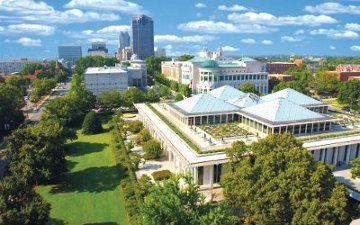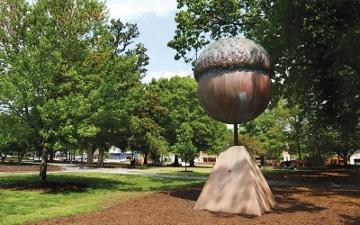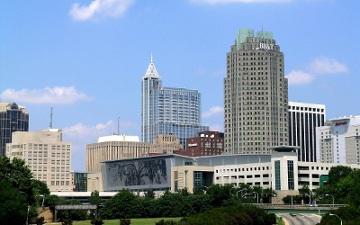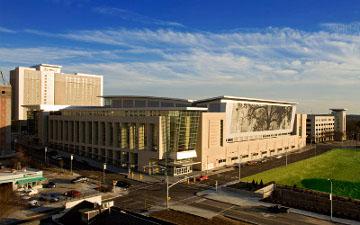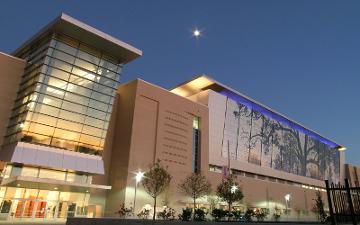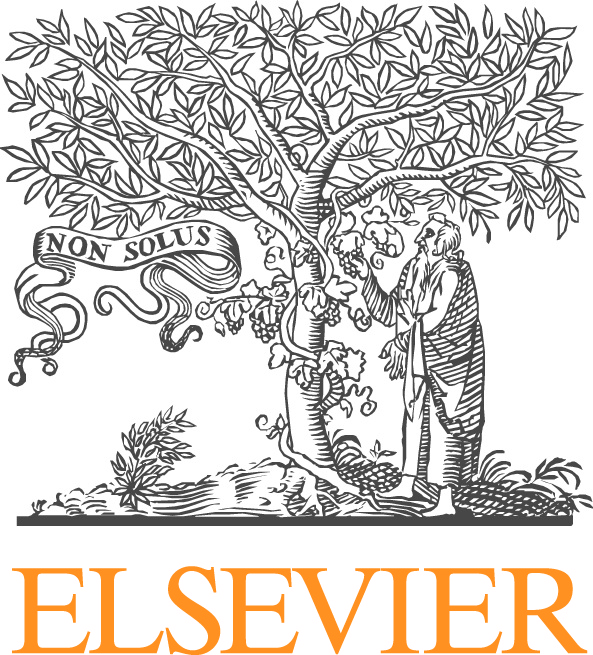
Biomechanics of Living Matter
Rafael Grytz, Ellen Kuhl
This mini-symposium focuses on recent advances in modeling biomechanical mechanisms of living tissues using computational and experimental methods. In contrast to man-made materials, living tissues can adopt, grow, remodel, thicken, elongate and stiffen in response to environmental changes. Matter can be synthesized, degenerated, restructured, and migrated during the lifetime of the tissue. The rapid turnover of living matter involves mechanisms and stimuli that occur across different length scales, from the molecular to the cellular, tissue, and organ levels. Despite an increasingly growing interest in modeling and simulating the biomechanics of living matter, the field is still in its infancy and many challenges remain unaddressed. We invite contributions that aim to elucidate the origin of growth and remodeling using novel mathematical theories and computational models. Equally welcome are predictive studies that investigate the changing biomechanics of living tissues in physiological and pathophysiological conditions. The symposium will emphasize on using modern theoretical, computational, or experimental approaches, including continuum mechanics, finite element methods, multifield approaches, multiscale modeling, homogenization theory, molecular mechanisms, atomistic simulations, atomic force microscopy, magnetic resonance imaging, and second harmonic imaging.
